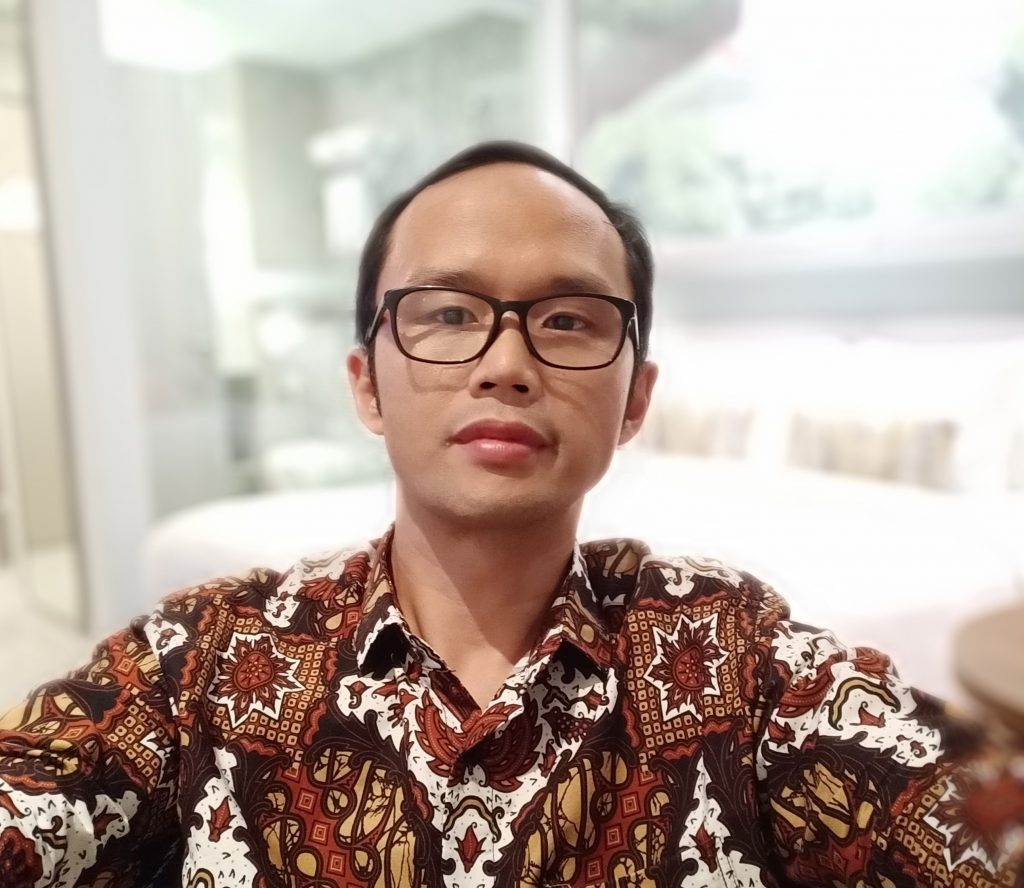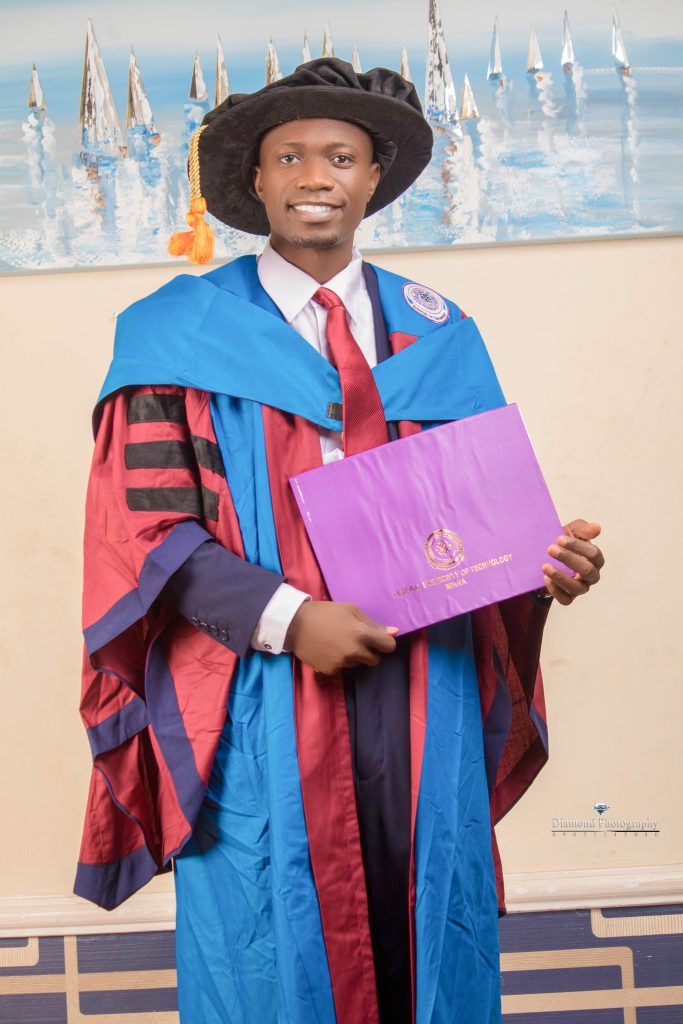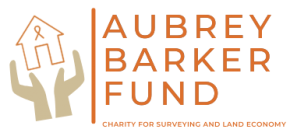A blended learning course design in Fit for Purposes’ Cadastral Survey
The Aubrey Barker Foundation in collaboration with FIG Foundation Grant will provide a grant of twenty thousand pounds sterling (£20,000), spread over two years, to this project to be run by Dr Trias Aditya (pictured below) from the Department of Geodetic Engineering of Universitas Gadjah Mada (UGM), Indonesia.

Background to the project
This project is set in Indonesia, the home of millions of land parcels spreading across numerous populated islands, both big and small islands, many of which have not been mapped and registered by the country. Under the current legal and institutional framework, systematic land titling activities from village to village are expensive and take a long time to complete. Land titling activities are impossible without a complete cadastral map and active participation from communities and government officers.
The International Federation of Surveyors (FIG) has published principles and guidelines to give a way forward to accelerate the land registration progress, called Fit for Purposes Land Administration (FFP-LA).
What is required is a paradigm shift from a top-down traditional cadastral survey and mapping into a bottom-up modern cadastral survey for accelerated land registration. This is currently lacking. To effect the changes requires a combination of modern survey techniques and community participation applying FFP-LA principles in order to accelerate and assure the quality of the land registration
Short description of the project
The project will develop a learning platform applying blended learning practices (a combination of online courses and field visit interactions) in FFP Cadastral Survey (FFP-CS) for both in-house students and para surveyors (i.e. local representatives in the community) across the country. The project will develop course objectives, student outcomes and teaching materials of FFP-CS adhering to the Accreditation Board for Engineering and Technology (ABET) standards. An online assessment and certification system involving the Project Team’s University, National Land Agency and The Association of Surveyors will also be developed in the project. This blended learning program will produce an excellent capstone design for ABET curriculum and will speed up the community readiness for FFP-CS implementation.
Development of an integrated automatic image registration scheme

Oluibukun Ajayi (pictured above) reports on his PhD project:
The Aubrey Barker project grant was awarded for the successful completion of my project which is part of a doctorate degree in Surveying and Geoinformatics at the Federal University of Technology, Minna, Nigeria in May 2018. The title of the funded research is ‘Development of an integrated automatic image registration scheme’ and it is aimed at developing an integrated model for the automatic registration of overlapping images captured from a drone with a view to optimising the process of fitting images to existing maps.
The grant was spent on field work which consisted of hiring of equipment, such as the DGPS receivers used for the establishment of Ground Control Points (GCPs) and the Check Points (CPs), hiring of the Phantom 4 drone used for the image data acquisition, hiring of a project vehicle, payment of site allowances for field/research assistants, beaconing of GCPs and CPs and marking them with reflective materials.
Three different methods of describing features were integrated with epipolar correlation in the development of an optimised automatic image registration scheme. The developed algorithms were implemented using JAVA scripts and tested using the drone images in two different registration campaigns. Degraded images with poor spatial resolution and a small size were used for the first campaign while images with excellent resolution, but of large size, were used for the second campaign.
In the course of this research, a novel integrated automatic image registration algorithm based on epipolar correlation was developed which proved to be more robust (with respect to speed and accuracy) than the automatic image registration algorithms that are based on selected conventional feature descriptors. The novel registration algorithm integrates both the geometric and epipolar constraints which makes it more robust in terms of accuracy and speed (processing time).
Finally, an automatic image registration software which contains a stereo comparator and a module for automatic camera calibration was developed for easy implementation of the developed algorithms. The developed registration scheme will be of particular interest to the military, cartographers, radiologists, digital photogrammetrists and remote sensing experts as a tool for educational, training and industrial applications.
